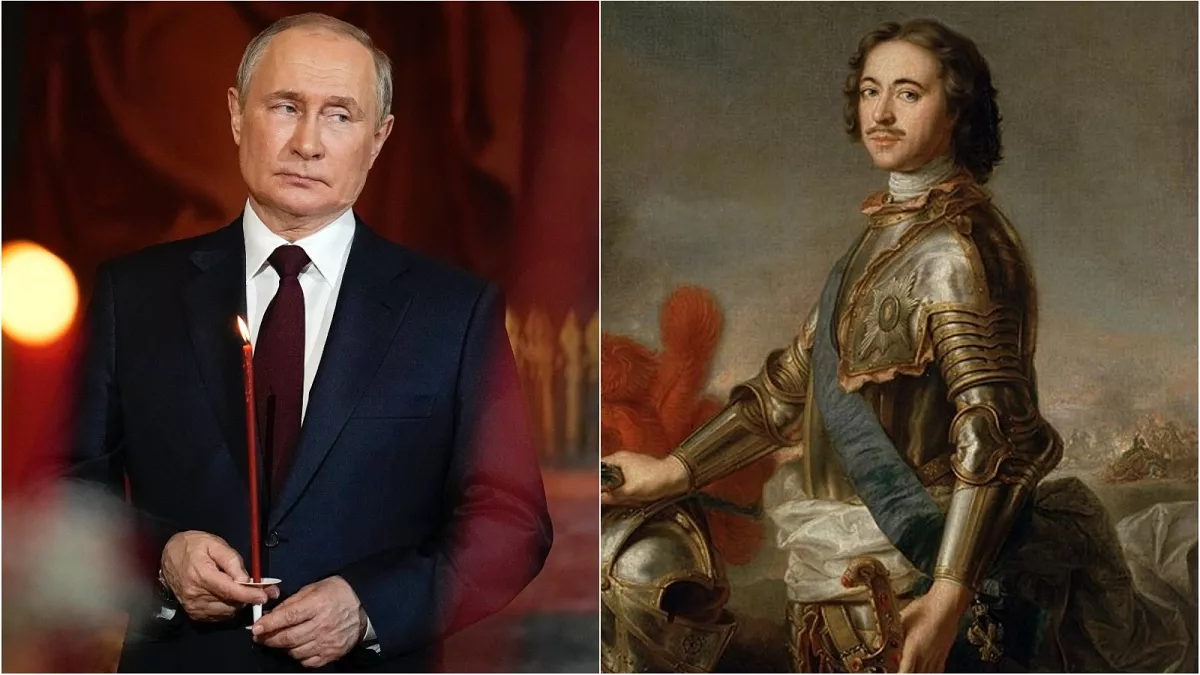
Modern Russian Attire From Peter In 1700s Clip Art history is an intriguing blend of Western influences and traditional styles, particularly under Peter the Great's revolutionary rule in the early 1700s. Peter's attempts to modernize Russia had a long-lasting effect on its culture, government, and fashion. These antique clothing are now brought to life through clip art and digital graphics, which creatively and easily preserve their memory.

One of the main instruments used by Peter the Great (1672–1725) to bring Russia into line with Western Europe was fashion. He issued an edict mandating that the nobles wear Western attire, substituting European-style gowns for ladies and jackets, waistcoats, and breeches for men in place of traditional attire like kaftans and sarafans. With this change, Russian clothing entered a new age that combined Western and Modern Russian Attire From Peter In 1700s Clip Art.
Read Also: Handmade Preschool Valentine Crafts For Parents
Before Peter's reforms, loose-fitting, intricately embroidered clothing made of pricey materials like silk and brocade was the hallmark of Russian fashion. Important components included:
While ladies adopted fitting dresses, corsets, and intricate hairstyles, males were encouraged by Peter's reforms to embrace European-style tailored jackets, breeches, and boots. Hats and other accessories like cravats came to represent Western refinement. However, a lot of traditional components, including elaborate embroidery and vivid colors, continued to be essential to Russian clothing, resulting in a distinctive blend of fashions.
Peter the Great's influence may be seen in modern fashion designs that combine historical details with modern aesthetics. Designers frequently include:
Clip art serves as an innovative medium to represent historical attire, making it accessible to educators, designers, and history enthusiasts. High-quality illustrations often highlight:
You May Also Like: 5 Reasons Why Arts Education Is Important For Everyone
Despite early opposition, Peter's attempts to modernize Russian clothing helped to define the country's cultural character. His innovations are now seen as a turning point in Russian history that influenced not just contemporary fashion but also the way that these outfits are preserved through clip art and other artistic mediums.
Russia's clothing of the 18th century, which was influenced by Peter the Great's reforms, exhibits a distinctive fusion of invention and tradition. We can appreciate this rich history in fresh and interesting ways thanks to contemporary interpretations in digital art, including clip art, and fashion. Exploring Russian clothing through clip art is a lively and instructive experience, regardless of modern russian attire from peter in 1700s clip ar in cultural progress.